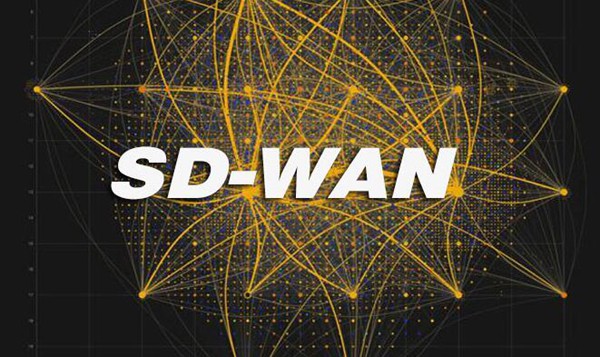Global IT supply chain
International transportation + IT O&M outsourcing + self-owned backbone network
As businesses expand rapidly and globalize, the number and distribution of their branches continue to grow. Traditional Wide Area Network (WAN) architectures, which often rely on dedicated lines, bring high costs for setup and maintenance. Moreover, these networks struggle to meet the flexibility required by modern enterprises, leading to several significant challenges:

High Network Costs
For companies with multiple branches, building and maintaining a complex WAN infrastructure generates substantial financial burdens. This is especially true when dedicated lines are used for small and medium-sized locations, significantly increasing network expenses and straining the company’s budget.
Complex Network Management and Maintenance
Traditional WAN architectures require intricate network management and security configurations, which increase maintenance difficulties. This complexity not only raises operational workloads but also creates potential security vulnerabilities and risks.
Complicated VPN Configurations
When companies use IPSec VPNs to connect branches via public internet, they often face complex configurations. As the number of branches grows, configurations become even more intricate, making it difficult to maintain tunnel quality and stability.
Poor Overseas SaaS Access Performance
Multinational companies frequently need access to SaaS applications hosted in different regions, but cross-border data transmission latency significantly impacts network quality, reducing operational efficiency.
How Does SD-WAN Address WAN Challenges?
SD-WAN (Software-Defined Wide Area Network), built on SDN (Software-Defined Networking) technology, provides enterprises with a more intelligent and flexible WAN solution. SD-WAN improves network performance and reliability through traffic optimization and intelligent routing, while simultaneously reducing costs and management complexity. Its key advantages over traditional WAN include:
1. Simplified Deployment
Traditional dedicated networks often require technicians on-site for configuration, which can be time-consuming. SD-WAN, however, enables zero-touch deployment, where a cloud-based controller centrally configures policies, greatly streamlining the connection and installation process.
2. Enhanced Cloud Access
SD-WAN establishes dedicated channels between branch sites and cloud resources, leveraging dynamic routing and load balancing technologies to improve cloud access speed and quality, ensuring efficient and stable cloud-based business operations.
3. Improved Bandwidth Utilization
With traditional dedicated networks, routing options are often limited, making networks prone to congestion when multiple applications run simultaneously. SD-WAN, however, uses intelligent traffic routing and load balancing to dynamically allocate traffic, optimizing bandwidth utilization and enhancing the user experience.
4. Increased Network Visibility and Control
SD-WAN’s centralized management platform allows for network visualization and control, enabling administrators to view application data at a glance and simplifying network management. This facilitates timely adjustments and strategic optimizations to meet business needs.
5. Support for Dynamic Multi-Path Optimization
While traditional dedicated networks usually provide only a single connection path, SD-WAN supports multi-path optimization, continuously monitoring link quality in terms of latency, packet loss, and jitter. It ensures uninterrupted sessions during link switching and automatically repairs poor connections to maintain data transmission continuity and reliability.
6. Enhanced Network Security
Beyond its essential connectivity functions, SD-WAN can integrate the latest security access technologies like SASE (Secure Access Service Edge). This enables advanced security features such as Zero Trust Network Access (ZTNA), Firewall-as-a-Service (FWaaS), Secure Web Gateway (SWG), and Cloud Access Security Broker (CASB), creating a more secure network environment that defends against potential cyber threats.
In summary, SD-WAN provides an effective WAN alternative for multi-branch enterprises, offering cost savings, enhanced network performance, simplified management, and improved security. With these advantages, SD-WAN is an ideal choice for companies looking to tackle network complexity. To learn more about tailored SD-WAN solutions, feel free to reach out to Ogcloud, a trusted network service provider.

International transportation + IT O&M outsourcing + self-owned backbone network

Cellular chips + overseas GPS + global acceleration network

Overseas server room nodes + dedicated lines + global acceleration network

Global acceleration network + self-developed patented technology + easy linking

Global Acceleration Network + Global Multi-Node + Cloud Network Integration


